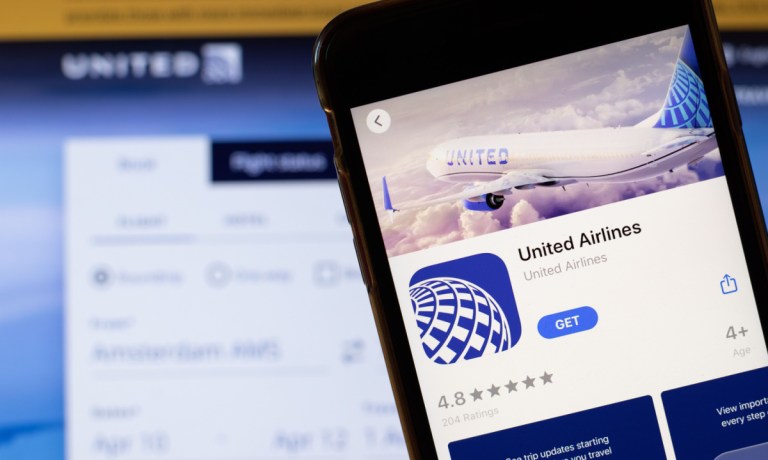
United Airlines is reportedly weighing the addition of targeted ads to its passenger information.
The airline is considering putting such ads in its in-flight entertainment system or on the app that travelers use to buy tickets and check in, The Wall Street Journal (WSJ) reported Wednesday (Nov. 22), citing sources familiar with the matter.
United declined to comment beyond the contents of the WSJ report.
As the report notes, airlines have a history of using the “captive nature” of their customers to show them ads on everything from seatback screen commercials to inflight magazines. Personalizing these ads, sources told the WSJ, would mean a major expansion of United’s advertising business.
For example, the WSJ report provides this scenario, based on a company presentation seen by its reporters:
An entertainment company could buy ad space to recommend a movie to a passenger that United knows vacations near that company’s theme parks and has redeemed miles to purchase that company’s merchandise.
The sources said airline executives are proceeding with caution, not wanting to annoy passengers or scare them off with too-specific messaging. United would also let passengers opt out of having their data used for personalized ads.
The report says this move is happening as laws placing restrictions on targeted advertising give an edge to companies that know a lot about their customers.
And as noted here over the summer, this so-called “retail media” market is expected to reach $45 billion this year, a 20% increase year over year, and is on track to become a roughly $106 billion industry by 2027.
“As retailers introduce more in-store ads, they face challenges related to privacy concerns and negative reactions from shoppers who see these ads as unattractive or distracting,” PYMNTS wrote in August.
This scenario is already happening at Walgreens, which has deployed digital smart screen ads on refrigerator doors throughout the U.S., only to have shoppers take to social media to complain that these screens made it tough to browse the frozen food section.
This year also saw Instacart debut an initiative in which it provides brands with category-specific buying data, allowing them cultivate larger, more purpose-driven audiences that line up with the shopping preferences of consumers in Instacart’s Marketplace.
“This partnership enables brands to craft tailored audience segments for specific product categories and ultimately bolster their marketing tactics and forge stronger connections with consumers,” PYMNTS wrote.